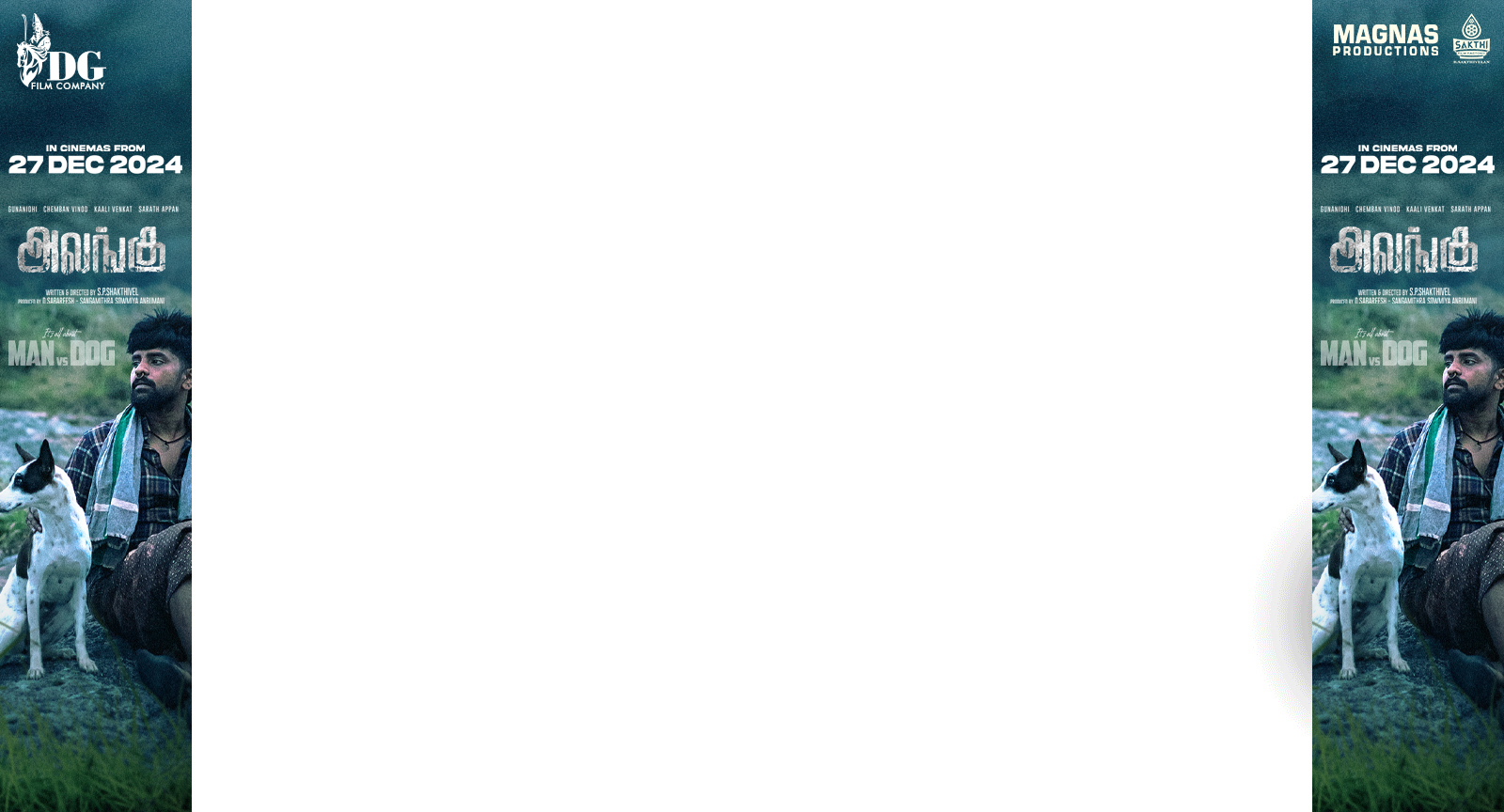learn everything about how to eternalise your love by gifting a billion-year-old miracle of nature as an engagement ring to your fiancé
What is the most memorable possession in a womans life? The answer is very often her rare and precious, diamond engagement ring, which her husband-to-be gave her as a sign of his everlasting love and wish to be with her for the rest of his life.
Selecting an engagement ring is one of the most important parts of a couples (more the grooms) shopping list. When my husband and I went shopping for the “circle of eternal love”, we were totally ignorant about the “best buy” and left it entirely to our trusted family jeweller who ensured that we got the dazzling solitaire ring to suit our budget.
But recently when my nephew decided to propose to his long-time girl friend, he wanted to learn everything about the engagement ring that he planned to buy. We put down all our requirements on paper, starting of course with the budget, which he was flexible about, but he also had in mind and knew the amount he did not want to go beyond. The other thing was the intrinsic value and uniqueness of the eternal diamond he chose.
THE SEARCH FOR THE BEST
We started with checking online about engagement rings and decided that it had to be a real diamond ring. Because its a gem that exudes purity in the real, true sense and is a rare but everlasting sign, as well as an offering of love, which will be a timeless heirloom that will go down generations. It had to be a miracle of nature, in the making for a billion years.
Our next step was visits to different jewellers who gave us quick lessons on the 4Cs cut, colour, clarity and carat of diamonds since that is the precious gem my nephew had set his heart on.
ITS THE CUT
We learnt that the cut is of prime importance and must be of high grade or a diamond of high quality may appear insignificant. So normally the cut is graded as excellent, very good, good, fair or poor. The cut affects the light reflection on a diamond.
COLOUR MATTERS
The next important factor we were told is the colour. It was surprising to learn that the top quality of natural diamond is colourless; while the lowest quality has a noticeable pale-yellow tinge. The Gemmological Institute of America has graded natural diamonds from D to Z where D is colourless, and Z has a yellow/brown hue. The jeweller enlightened us that D grade diamonds are colourless but very rare, however G and H are almost colourless and a most favoured choice, as they are a little cheaper than D but a good investment. Going down the colour variations it was apparent that the natural diamond colour was important and affected the price.
CLARITY TO THE FOREFRONT
The clarity of a diamond is as important as the cut and colour since the surface blemishes and internal characteristics are too tiny and microscopic to harm the beauty of a real diamond. But we were told there is a diamond-grading chart, which will help us to pick the right precious stone.
The FL grade a flawless diamond but it is so rare that less than 1 per cent are FL clarity. Then comes the internally flawless clarity, which have just a few blemishes on the surface. Then come the VVS1 and VVS2 grades, which mean Very Very Slightly included. The VS1 and VS2 are Very Slightly Included. On the chart next are SI1 and SI2, which are Slightly Included. After this come I1, I2 and I3 that are Included, and one can probably see the inclusions with the naked eye.
CARAT IS IMPORTANT
Finally, when it came to the fourth C we thought we knew carat is what a diamond is all about, but the jeweller informed that carat refers to the weight and not the size of the natural stone. We learnt that since carat and cut go parallel in a natural diamonds beauty, a large carat diamond with poor cut could appear smaller that a small one with a higher level of cut. A natural diamond can come in any carat weight. We were also enlightened about the fact that the shape of the ladys fingers is important in diamond selection.
CERTIFICATION A MUST
Before we embarked on the orientation and selection of the diamond, the jeweller emphasised on one more important C, which is the requirement of Certification from an unbiased third party that is an absolute must, since it will help us on the authenticity of the natural diamond. This report by the laboratory will also assist us should there comes a time when sale of the diamond occurs. Of course, the jeweller informed that the certification would guide us on how to differentiate between natural diamonds and mass produced diamond simulants like synthetic cubic zirconia, lab-grown diamonds or synthetic moissanite, while we will know from the report the possibility of a diamond being treated with HPHT radiation etc.
THE SHAPE OF LOVE
After getting a quick tutorial on the 4Cs of natural diamonds the jeweller asked what shape my nephew would like for the diamond. We were a little surprised when asked, since for us it was the conventional round shape that was normal but when the jeweller unveiled nine more shapes we were in a quandary as we were now spoilt for choice.
THE POPULAR ROUND
Of course, the round shape is considered most suitable for a beautiful solitaire engagement ring and from times immemorial; the circular shape has been on the popularity charts.
THE PRINCESS CUT
This shape is a favourite one for engagement rings we were informed. This sharply cut square has an imposing presence when set in a ring.
THE EMERALD CUT
It is a rectangle that has a adds to the panache as a centre of the ring.
THE MARQUISE CUT
This is a grand regal shape that resembles a 2-point pear and is considered ideal for short fingers as it gives the illusion of length.
THE OVAL CUT
Here is a popular shape just like the round one and looks very elegant on fingers, which are slender and tapering.
THE PEAR SHAPE
The pear shaped or teardrop shape diamond has an elongated shape.
THE HEART SHAPE
This is quite a unique shape and favoured for engagement rings as it says a lot when it comes to sending a message of lover straight from the heart to the bride.
THE RADIANT CUT
Here is a square with rounded corners, which add to the beauty of the precious diamond.
ASSCHER CUT
This shape is slightly notched at the corners and has a look that is similar to the square form.
THE CUSHION CUT
It is a quaint shape and resembles a pillow with rounded corners but has large facets.
THE FINAL RIGHT CHOICE
Since the budget was flexible and we were looking for a jewel that will last a lifetime, becoming a prized family heirloom, a Natural diamond and only a natural diamond came out as the apt choice. The question that still remained was, which one. My nephew, armed with all the information and the certification, selected a beautiful medium sized, oval shaped, dazzling real solitaire in VVS1 clarity, with a D grade and an excellent cut beautifully designed in a prong setting that will be perfectly suited for his fiancés long and slender fingers.


